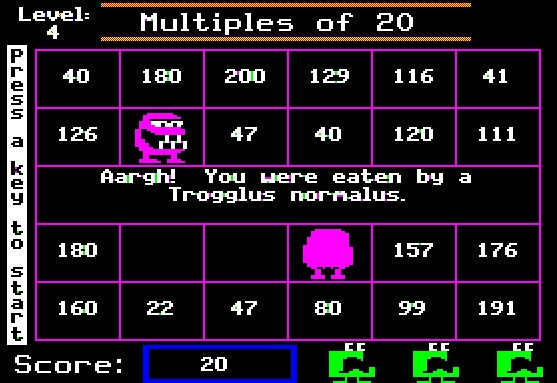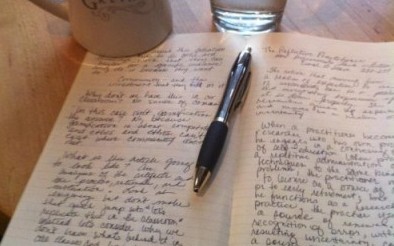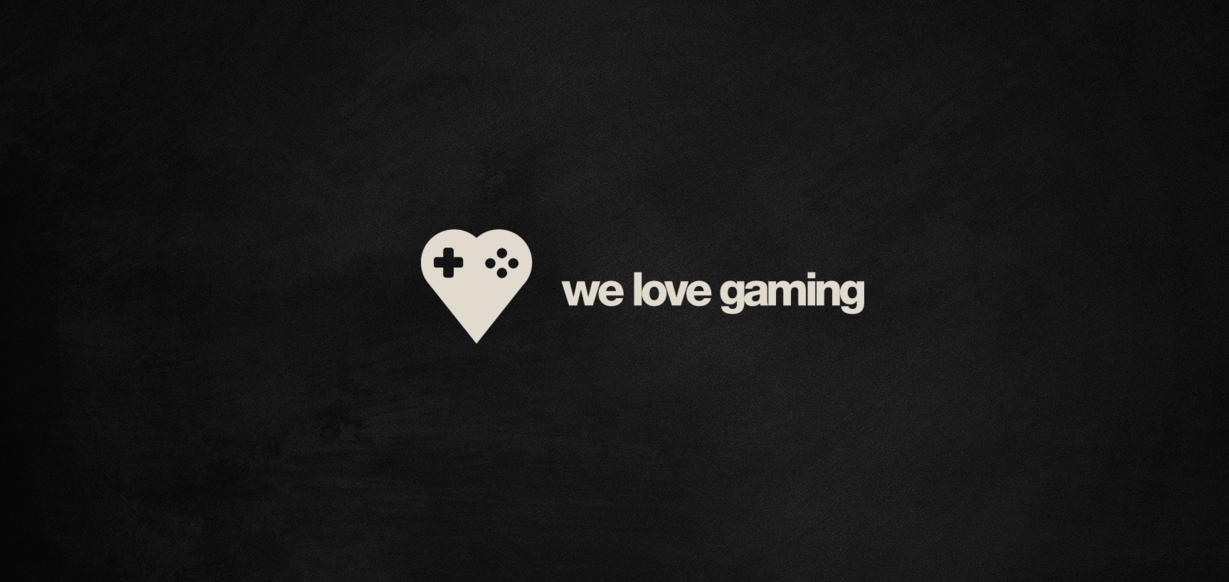Last week I wrote about diversity in State of Decay, but I focused on only a very concrete, measurable aspect of diversity, raw numbers, when I broke down the ratios of white characters versus PoC in Undead Labs’ game. As I said in that piece, though, the numbers don’t tell the entire story; that analysis revealed an overall lack in some aspects of nonwhite character skins in a game which feels very diverse, and in fact, very unlike most games I’ve played. The ratios of race in color skins in certain modes may not stand up to arbitrary measurements of diversity, but as critic Tauriq Moosa recently wrote, “The call for more games to include and deal with issues that affect various kinds of people is not a call for every game to meet some magical quota. I don’t even know what such a measure looks like.”
To that end, this week I wanted to write about diversity in State of Decay beyond numbers, because both the worlds players are presented with, in story mode and in Lifeline, as well as the worlds players create in Breakdown, reflect a great deal of diversity and depth of character, moving beyond the simplistic characterizations standards in games and into greater complexity of narrative, all while maintaining a focus on gameplay.

But first (and note: some spoilers ahead), let’s talk numbers again, if only for a moment, at least enough to rehash some points I made in that first piece on this issue, as well as in my critical Let’s Play exploring the beginning of Lifeline. State of Decay offers three gameplay modes: story mode, in which you begin with three major characters: a black man, a white man, and a Latina. In Lifeline, another story-centric mode, you begin play as a white female solider, a major, commanding two male soldiers, one black and one Hawaiian. In Breakdown, the game’s survival mode, players choose a hero to play from a diverse cast, and many others are encountered during progression. In the newly released Year One Survival Edition, a bonus character was added for those repurchasing the game, Gurubani Kaur, the daughter of Indian immigrants who carries heirloom weapons from her parents’ homeland. I can’t even remember the last time I saw an Indian character in a game. I’m struggling and coming up all Dhalsim.
But I’m still talking numbers, cataloguing race and origin and role, when what’s working here is not mathematical but narrative. State of Decay is not without its tropes — we’ve got a lot of soldiers just following orders (until they’re not), and goofy sidekick best friends, a black woman labeled as a “convict,” a former sex worker whose past affects present relationships — but tropes are tropes for a reason; they are familiar, time-saving touchstones and narrative shortcuts and as long as a story expands beyond recycling tropes, these shortcuts are not inherently bad. Here, in fact, they’re often used; Sam Hoffman, the “convict,” a gruff black woman, is defensive when she senses she’s being judged and a side mission reveals a great deal of complexity of character, as does her conversations with Pastor William, the man with whom she worked prior to the game’s events. The redneck Wilkersons are drawling reactionary psychopaths, sure, except middle brother Job seems quite well-read, and the youngest brother, Eli, is part of a sad, short-lived star-crossed lovers scenario, a storyline I wish had been expanded a little, but is remarkable for its very existence. Raymundo Santos, the possibly corrupt (and maybe still a little shady) pillar of the community is a veritable bundle of tropes, but also seems genuinely in every pie not just for himself, but for others; past and present actions reveal a deep core of concern for his fellow humans.
And then there are the little moments, when you save a survivor and they ramble on in the way people do when they just want to tell their stories to make sure someone hears them. There’s a lack of grief in this game, despite all the death — or maybe because of it; we see lovers die, and parents; some characters refer to children, but children are never seen. What we don’t really see are tears. Sometimes this makes sense (there is a feeling of particular hardness around these characters; they have become so quickly accustomed to death) and sometimes it doesn’t (I have always wondered about Jacob’s lack of reaction to his lover’s death), but what grief we do get comes in the form of the stories. It’s funny; when I played the original version, I got tired of listening. There are only so many stories, after all, and I’d heard them all. But now that I’ve had time away, and am thinking about these characters in new ways, I crave those quiet moments, driving back to the base, when someone somewhat ruefully admits to ordering toilets online before the apocalypse. When someone rails against the unfairness of it all because he was just trying to get some weed for his sick mother and he should have been in a city. It’s easy to see these stories for what they are: not just declarations of “I am here! I was a person!” but also replacements for grief. The “loyal son” can’t think about his mother, who is surely dead, so instead he directs his grief at being trapped in a backwater for the apocalypse. When someone tells me they miss the sound of the paper in the morning — because now the only sound is the sound of zombies — I think, yes. This is a world, real and messy and human.
And it’s a world without hope. No one cries any longer because everyone knows it doesn’t matter so much. The character with the chronic illness will die, and depending on what happens in Lifeline, everyone may be doomed anyway. But even without that knowledge, there’s not much talk of rebuilding. Of returning. Only reality, rolling over these people, a melting pot of backgrounds and ideas, thrust together whether they get along or not. And in the end, I’m not sure the numbers matter so much here, because State of Decay is a strong reflection of apocalypse, doomed and hopeless, in which people are just their best selves, or their worst, and are just trying to last a little longer.
Want to win a copy of State of Decay YOSE for yourself? Check out our giveaway, running through May 3!




